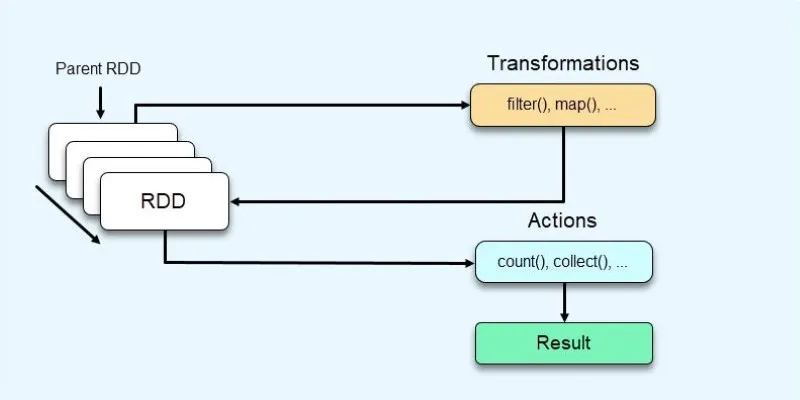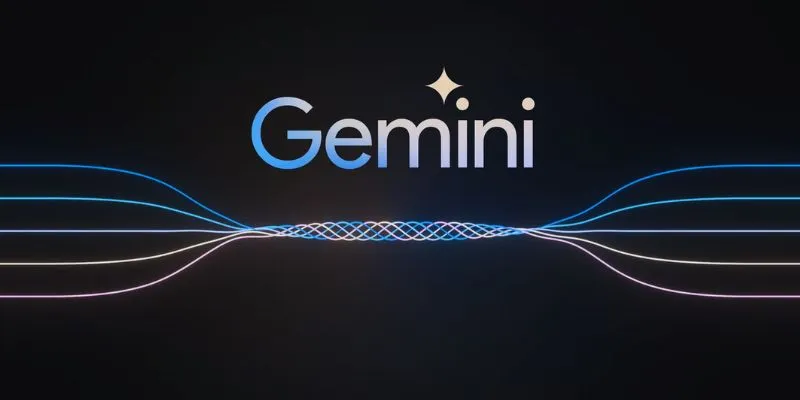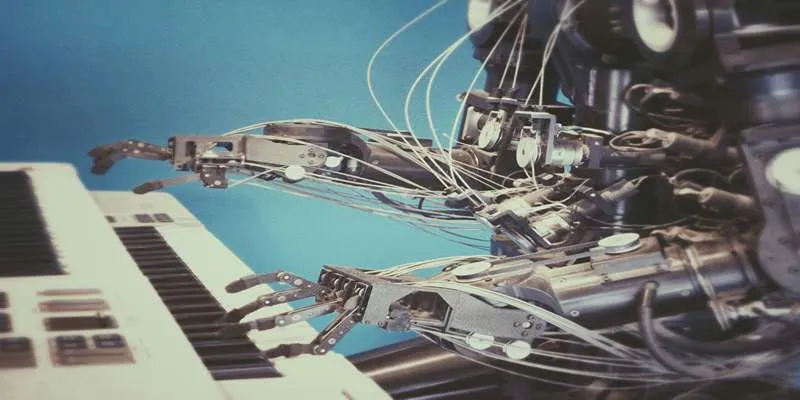Two of the most widely discussed tools for handling large volumes of data are Apache Spark and MapReduce. Both serve as frameworks for processing big data, but they approach tasks in fundamentally different ways. While they share the common goal of managing massive datasets, Spark and MapReduce each have distinct advantages and limitations.
In this article, we’ll examine the features of both, analyze their advantages and disadvantages, and help you understand the main differences that can determine your choice of tool for your data processing requirements.
What is Apache Spark?
Apache Spark is an open-source distributed computing framework designed for processing big data at high speed. Unlike traditional batch-processing systems, Spark runs in memory, caching intermediate data in RAM, which significantly reduces processing time. Spark’s ability to process both batch and real-time data makes it a versatile choice for modern big data applications.
Spark features a higher-level API that simplifies programming by supporting multiple languages, including Java, Python, Scala, and R. It also enables advanced analytics operations such as machine learning with MLlib, graph analysis with GraphX, and querying with Spark SQL. Spark’s versatility makes it a preferred tool for data engineers and scientists needing to perform complex operations on large datasets quickly and efficiently.
Pros of Apache Spark
One of Spark’s major advantages is its speed, achieved by processing data in memory without writing intermediate results to disk. This yields substantial performance gains, especially for iterative machine learning and interactive data analysis. Additionally, Spark’s APIs in several programming languages facilitate ease of use, allowing developers to work without learning new frameworks.

Spark’s unified engine supports batch, streaming, and machine learning tasks, reducing workflow complexity. Furthermore, Spark provides fault tolerance through Resilient Distributed Datasets (RDDs), enabling data to be recomputed from the original dataset if nodes fail.
Cons of Apache Spark
Despite its numerous advantages, Spark has some drawbacks. A primary concern is its memory usage; operating in memory requires substantial RAM, which can be costly for large-scale operations. When data doesn’t fit into memory, Spark’s performance can decline. Optimizing Spark for specific workloads can also be challenging.
Although high-level APIs simplify development, they may obscure underlying complexities, complicating performance optimization. Debugging in distributed environments can be difficult, particularly when addressing failures across large clusters, complicating issue resolution.
What is MapReduce?
MapReduce, developed by Google and popularized by Apache Hadoop, is a programming model designed to process large datasets in parallel across distributed clusters. The MapReduce model consists of two main functions: the “Map” function processes input data, generating intermediate key-value pairs, and the “Reduce” function aggregates these pairs to produce the final output.
MapReduce is renowned for its scalability and capacity to process vast amounts of data across numerous nodes in a cluster. It is primarily used for batch processing and is well-suited for applications involving simple transformations or aggregations over large datasets. Many organizations depend on MapReduce for traditional big data tasks such as log analysis, data warehousing, and batch processing.
Pros of MapReduce
MapReduce is known for its simplicity, making it easy to understand, especially for those with a background in functional programming. It is highly scalable and capable of distributing tasks across many machines, ideal for processing massive datasets. Another benefit is its integration with the Hadoop ecosystem.
As a core component of Hadoop, MapReduce leverages the scalability, reliability, and fault tolerance provided by Hadoop’s Distributed File System (HDFS), enabling parallel data processing. Additionally, MapReduce has been extensively used in production environments for many years, making it a reliable and battle-tested tool for large-scale data processing.
Cons of MapReduce
Despite its scalability and reliability, MapReduce has notable drawbacks. A significant issue is its speed, as it relies on disk I/O for intermediate data storage, which can slow down processing, particularly in iterative tasks. This is where Spark often outperforms MapReduce, as Spark processes data in memory.

Another limitation is the complexity of programming. While the basic model is simple, handling complex algorithms or multi-stage processes can become cumbersome. MapReduce also struggles with iterative machine learning tasks, as each iteration requires a full pass through the dataset, making it inefficient for those specific workloads.
Key Differences: Apache Spark vs. MapReduce
The primary difference between Spark and MapReduce lies in how they process data. Spark uses in-memory processing, allowing it to work much faster than MapReduce, especially for iterative tasks. In contrast, MapReduce writes intermediate data to disk, leading to slower performance.
Another key difference is the level of complexity. Spark’s high-level APIs and unified engine for batch, streaming, and machine learning tasks make it more versatile and easier to use than MapReduce, which is typically limited to batch processing and is more complex to program.
Fault tolerance is another area where Spark and MapReduce differ. While both frameworks provide fault tolerance, Spark’s use of RDDs enables it to recompute lost data from the original dataset, making it more resilient. MapReduce relies on Hadoop’s HDFS for fault tolerance, but it can be slower to recover from failures due to its disk-based storage model.
Conclusion
Both Spark and MapReduce have their strengths and limitations, making them suitable for different use cases. Spark excels in speed, flexibility, and ease of use, especially for iterative and real-time data processing. However, it requires significant memory resources and can be challenging to optimize for certain tasks. On the other hand, MapReduce is reliable, simple, and well- integrated with the Hadoop ecosystem, but it suffers from slower performance and is less efficient for iterative operations. Choosing between Spark and MapReduce depends on the specific requirements of your big data processing needs, such as speed, scalability, and complexity.
 zfn9
zfn9























